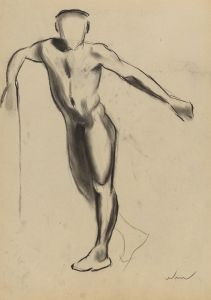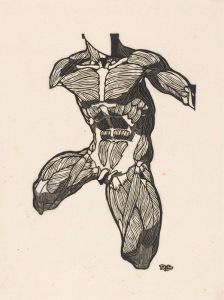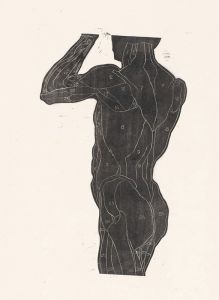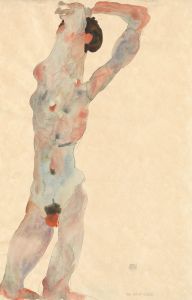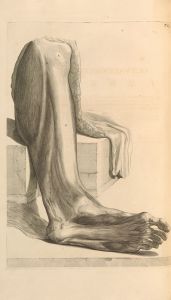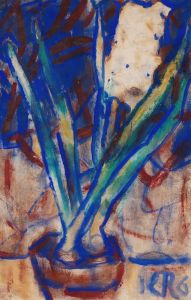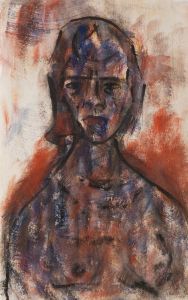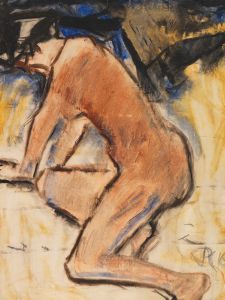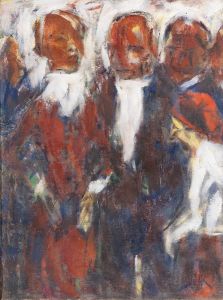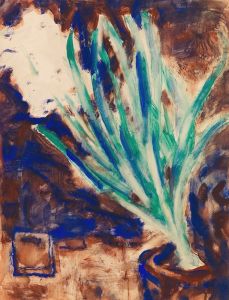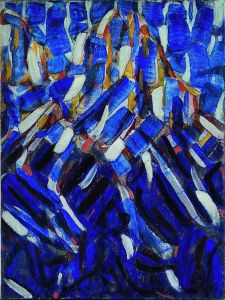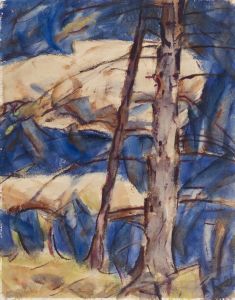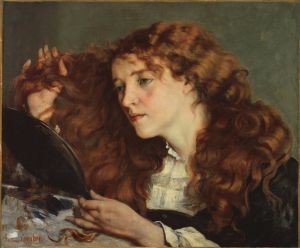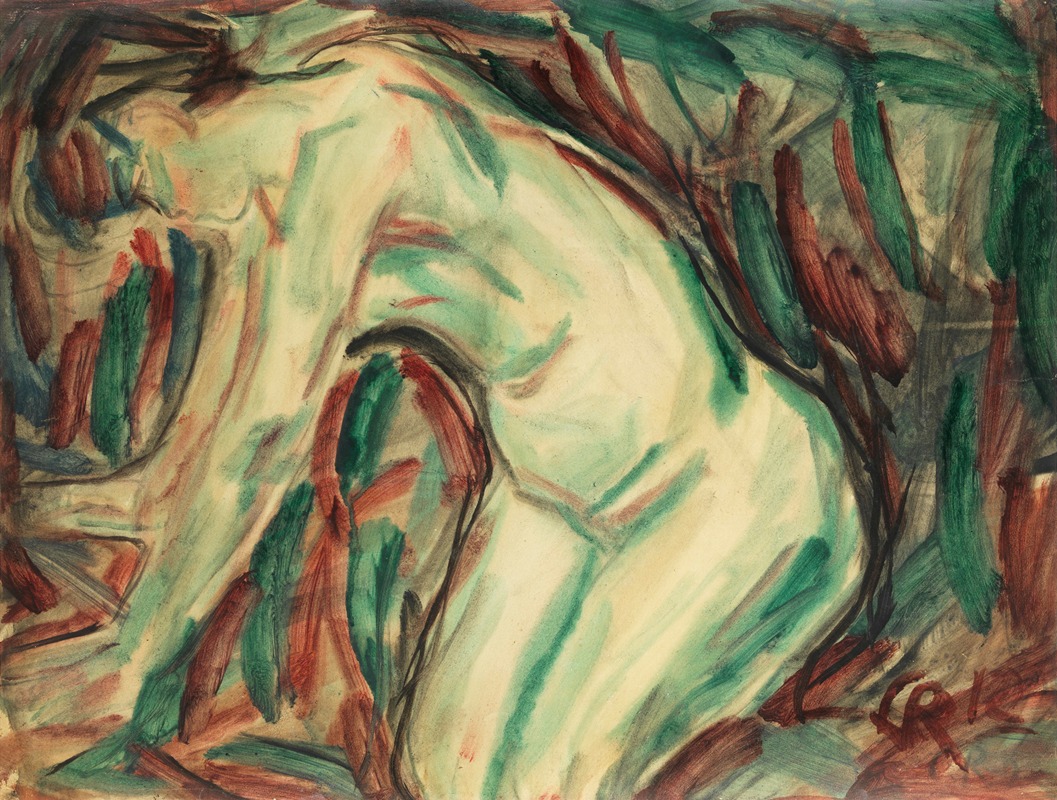
Kniender weiblicher Akt
A hand-painted replica of Christian Rohlfs’s masterpiece Kniender weiblicher Akt, meticulously crafted by professional artists to capture the true essence of the original. Each piece is created with museum-quality canvas and rare mineral pigments, carefully painted by experienced artists with delicate brushstrokes and rich, layered colors to perfectly recreate the texture of the original artwork. Unlike machine-printed reproductions, this hand-painted version brings the painting to life, infused with the artist’s emotions and skill in every stroke. Whether for personal collection or home decoration, it instantly elevates the artistic atmosphere of any space.
Christian Rohlfs was a German painter known for his contributions to Expressionism, and his work "Kniender weiblicher Akt" (Kneeling Female Nude) is one of his notable pieces. Rohlfs was born on December 22, 1849, in Groß Niendorf, Germany, and he became one of the leading figures in German Expressionism. His artistic journey began in the late 19th century, and he continued to create art until his death in 1938.
"Kniender weiblicher Akt" is a work that exemplifies Rohlfs' mature style, characterized by bold colors and expressive forms. The painting depicts a nude female figure in a kneeling position, rendered with dynamic brushstrokes and a vibrant palette. Rohlfs' approach to the human form was heavily influenced by the Expressionist movement, which sought to convey emotional experience rather than physical reality. This is evident in the way he uses color and form to evoke a sense of mood and emotion in the viewer.
Rohlfs' career was marked by a transition from Impressionism to Expressionism, and his work often explored themes of nature and the human condition. He studied at the Weimar Academy of Arts and was initially influenced by the Impressionist movement, but his style evolved significantly over time. By the early 20th century, Rohlfs had embraced the principles of Expressionism, which is reflected in the emotive quality of "Kniender weiblicher Akt."
Throughout his career, Rohlfs was associated with several art movements and groups, including the Berlin Secession and the Brücke group, although he was not a formal member of the latter. His work was exhibited widely in Germany and gained recognition for its innovative use of color and form. Rohlfs' paintings often featured landscapes, still lifes, and figures, with a focus on capturing the essence of his subjects through expressive techniques.
"Kniender weiblicher Akt" is a testament to Rohlfs' ability to convey complex emotions through his art. The painting's composition and use of color demonstrate his mastery of the Expressionist style, which sought to break away from traditional artistic conventions and explore new ways of seeing and representing the world. Rohlfs' work was influenced by his contemporaries, including Vincent van Gogh and Edvard Munch, and he, in turn, influenced future generations of artists.
Despite facing challenges during his lifetime, including the rise of the Nazi regime, which condemned modern art as "degenerate," Rohlfs continued to create and exhibit his work. He remained committed to his artistic vision and left a lasting impact on the art world. Today, his paintings are held in various collections and museums, and "Kniender weiblicher Akt" is celebrated as an example of his contribution to the Expressionist movement.
In summary, Christian Rohlfs' "Kniender weiblicher Akt" is a significant work that highlights the artist's expressive style and his role in the development of German Expressionism. Through his innovative use of color and form, Rohlfs captured the emotional depth of his subjects, leaving a legacy that continues to be appreciated by art enthusiasts and scholars alike.





